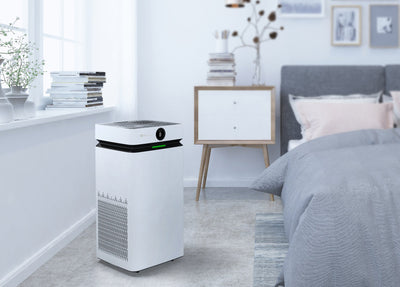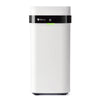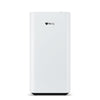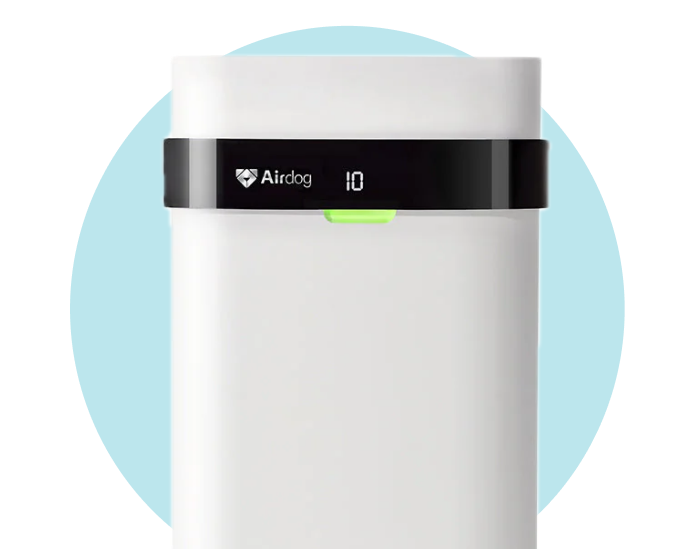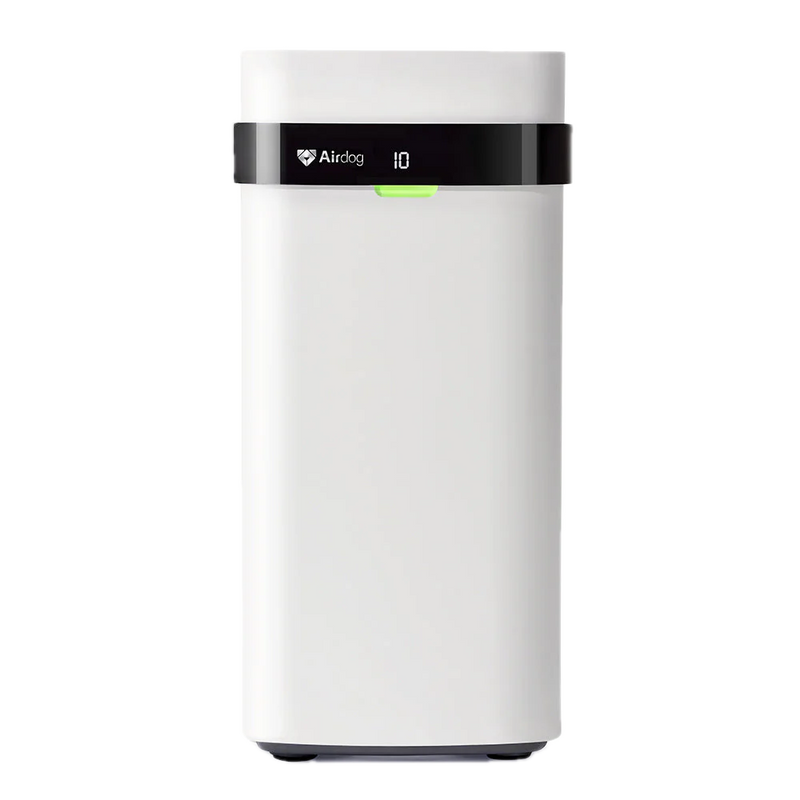The Importance of Clean Air in Our Lives
Clean air is essential for our well-being, yet indoor air can be up to five times more polluted than outdoor air. From dust and mold spores to volatile organic compounds (VOCs), the air inside our homes often contains pollutants that can harm health and comfort. Air purifiers have become popular tools for improving indoor air quality, but many wonder how long it takes for an air purifier to work? Let’s explore this question, focusing on the factors that influence the efficiency of air purifiers and how you can optimize their performance.
How Air Purifiers Work
Air purifiers use advanced filtration systems to remove airborne pollutants from indoor spaces. Their ability to clean air depends on the filters they use and the pollutants they target.
Common Types of Filters:
- HEPA Filters: Capture 99.97% of particles as small as 0.3 microns, including dust mites, mold spores, and pet dander.
- Activated Carbon Filters: Absorb odors, VOCs, and smoke particles by trapping them in porous carbon surfaces.
- TPA® Technology (by Airdog): Combines multiple filtration steps, including ionic fields and collecting plates, to eliminate pollutants while maintaining optimal airflow.

Each type of filter targets specific contaminants, and the combination of filters in a device determines its overall efficiency and speed.
Factors Affecting How Quickly Air Purifiers Work
The time it takes for an air purifier to make a noticeable difference depends on several factors:
1. Room Size
Larger rooms take longer to clean than smaller spaces. Most air purifiers specify a Clean Air Delivery Rate (CADR), which indicates the volume of filtered air delivered per minute. A higher CADR means faster purification.
2. Pollutant Levels
High levels of indoor air pollution, such as dust, smoke, or VOCs from cleaning products, may require more time for effective purification. Air purifiers with multiple filtration stages are better equipped to handle diverse pollutant loads.
3. Fan Speed and Airflow
Running your air purifier at a higher fan speed improves airflow, allowing it to circulate and clean air more rapidly. However, this may increase noise levels.
4. Filter Quality
High-quality filters capture more pollutants in less time. Devices with HEPA filters or Airdog’s TPA® Technology are particularly efficient at removing fine particulate matter and harmful airborne chemicals.
5. Air Changes per Hour (ACH)
Air purifiers are rated by how often they can replace the air in a room within an hour. A unit with a higher ACH will purify the air faster.
Typical Timeframes for Air Purification
Under optimal conditions, most air purifiers begin showing results within 30 minutes to 2 hours. However, achieving a fully purified environment may take longer, depending on the abovementioned factors.
- Small Rooms: With a high CADR, noticeable improvements may occur in as little as 15–30 minutes.
- Larger Spaces: Significant air quality improvements may take 2–4 hours in rooms exceeding 500 square feet.
- Persistent Pollutants: VOCs, odors, and smoke may require several hours to fully neutralize, especially in enclosed spaces with poor ventilation.

Optimizing Your Air Purifier’s Efficiency
To maximize the effectiveness of your air purifier, consider the following tips:
1. Place the Purifier Strategically
Position the device in a central location, away from walls or furniture that might obstruct airflow. Place the purifier closer to the source for specific pollutants, such as smoke or pet odors.
2. Run It Continuously
For sustained indoor air quality, let your air purifier run 24/7. Modern devices, like Airdog’s models, are energy-efficient and designed for continuous use.
3. Maintain Filters Regularly
Replace or clean filters according to the manufacturer’s recommendations. Dirty filters reduce airflow and compromise the purifier’s performance.
4. Seal the Room
Close windows and doors to prevent outdoor air pollution from entering and undoing the purifier’s work. This is especially important in areas with poor outdoor air quality.
5. Monitor Air Quality
Use an air quality monitor to track changes in pollutant levels and adjust your purifier’s settings as needed.
When to Expect Results: Setting Realistic Expectations
While air purifiers are powerful tools for improving indoor air quality, they are not magic wands. It’s important to set realistic expectations about their performance:
- Immediate Results: Larger particles like dust and pet dander are often filtered out quickly.
- Gradual Improvement: Depending on the room size and pollution levels, removing smaller particles, VOCs, and odors may take hours or days.
- Continuous Protection: For long-term health benefits, use an air purifier consistently and combine it with practices like regular cleaning and avoiding indoor pollutants.
Air Purifiers vs. Other Methods of Improving Air Quality
While air purifiers are highly effective, they work best in conjunction with other air-quality strategies:
- Natural Ventilation: Open windows periodically to bring in fresh air unless outdoor air pollution is a concern.
- Regular Cleaning: Vacuum carpets and upholstery to reduce dust and allergens.
- Humidity Control: Use a dehumidifier to prevent mold growth, contributing to poor indoor air quality.
Why Airdog Stands Out
Not all air purifiers are created equal. Airdog’s advanced TPA® Technology goes beyond traditional filtration methods to deliver faster and more thorough air purification. Unlike standard HEPA filters, which capture particles, TPA® actively eliminates them, ensuring fresher and healthier air.
Key Benefits of Airdog:
- High efficiency: Clean down to 0.0146 microns surpassing conventional HEPA filters
- Washable Filters: No need for frequent replacements, reducing maintenance costs.
- Multi-Step Filtration: Removes odors, VOCs, and fine particulate matter.
- High CADR: Ideal for both small rooms and larger spaces.
Investing in a high-quality air purifier like Airdog ensures effective, long-lasting indoor air quality improvements.

Conclusion: How Long Does It Take for an Air Purifier to Work?
The time it takes for an air purifier to work depends on the device, room size, and pollutant levels. By choosing a high-quality purifier and following best practices for its use, you can enjoy noticeable improvements in indoor air quality within hours. Airdog’s innovative TPA® Technology offers some of the fastest and most effective purification on the market, making it a smart choice for anyone seeking cleaner, healthier air.
Take control of your indoor air quality today with Airdog—your partner in breathing fresh, clean air.


